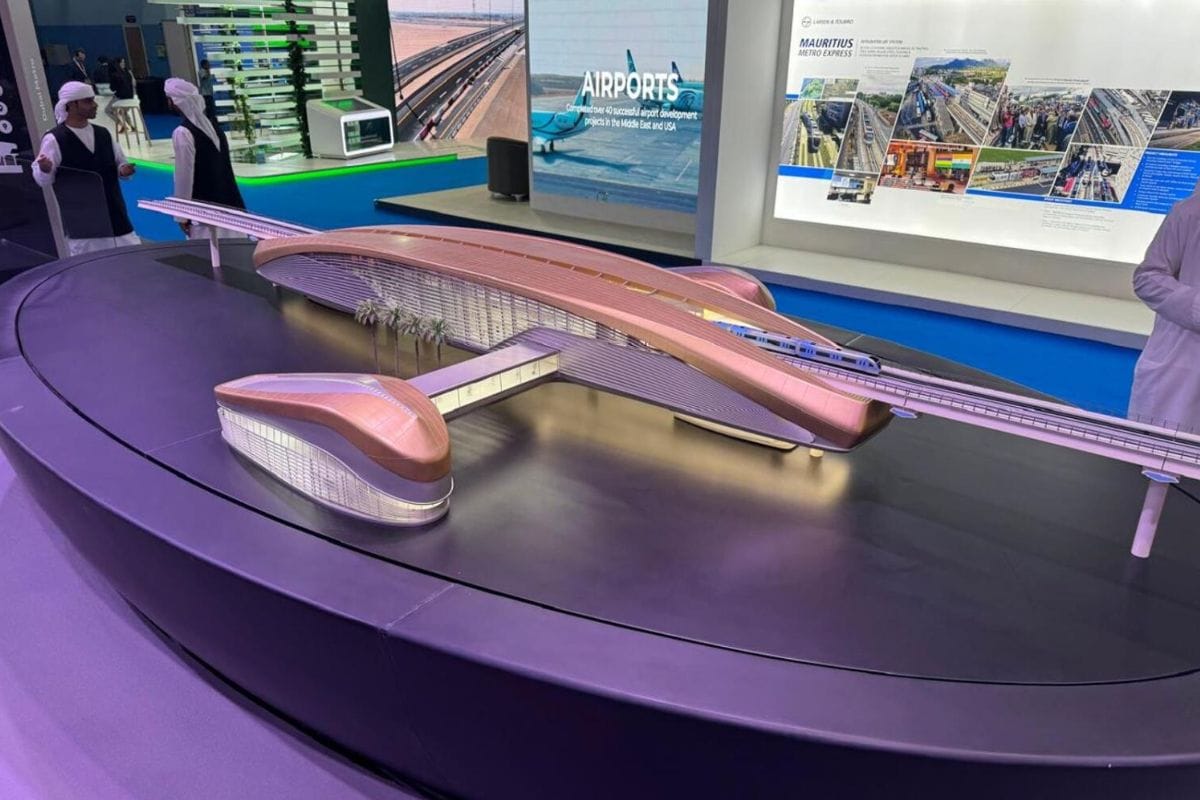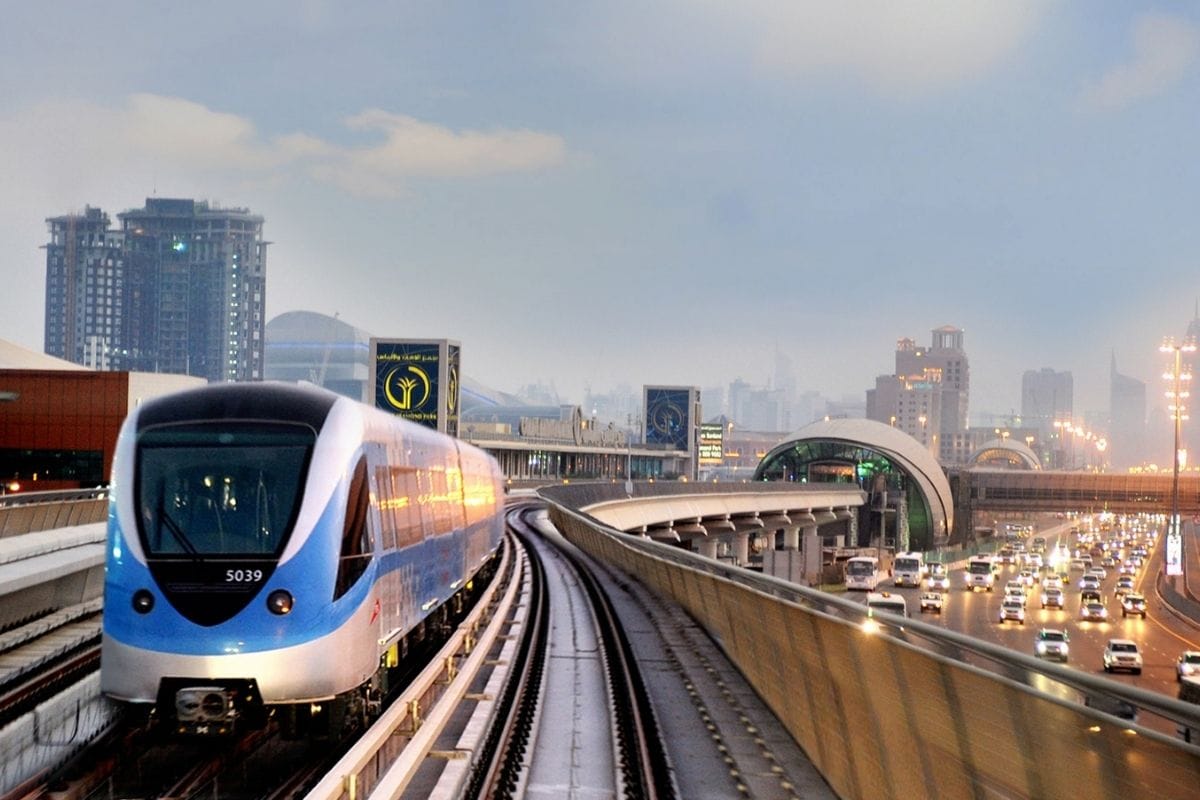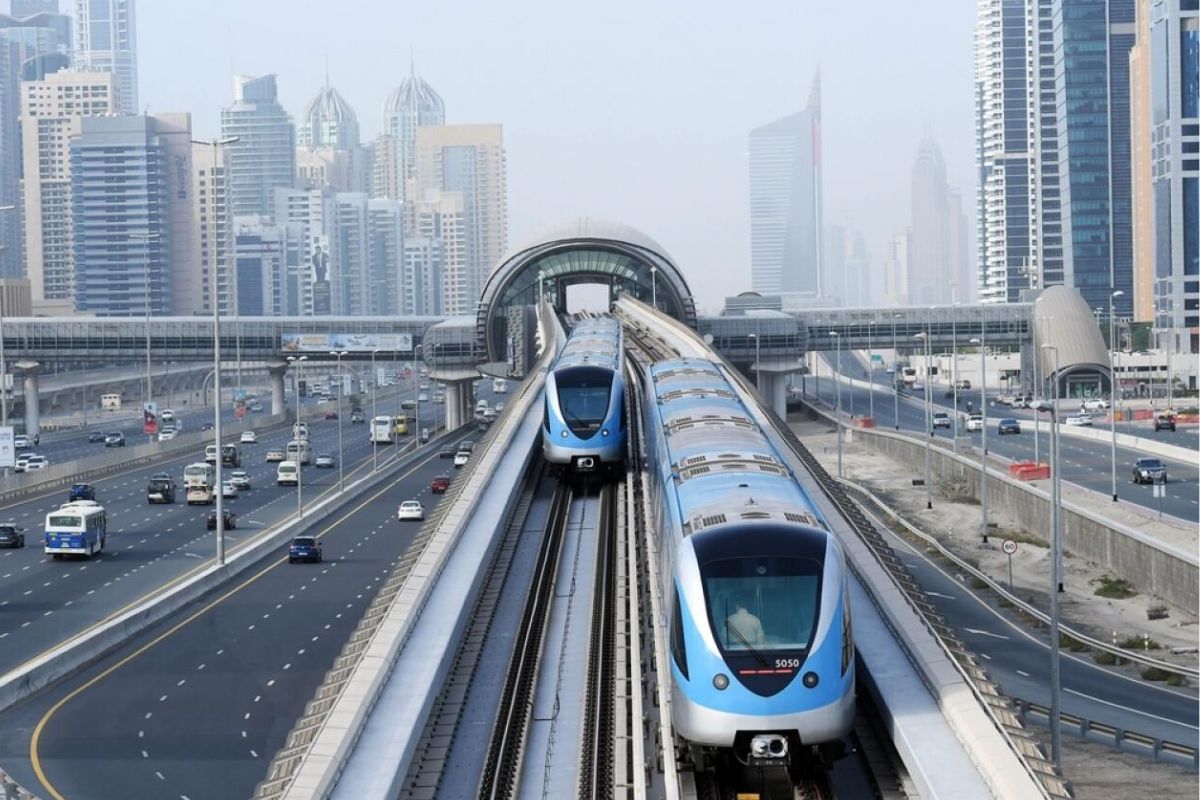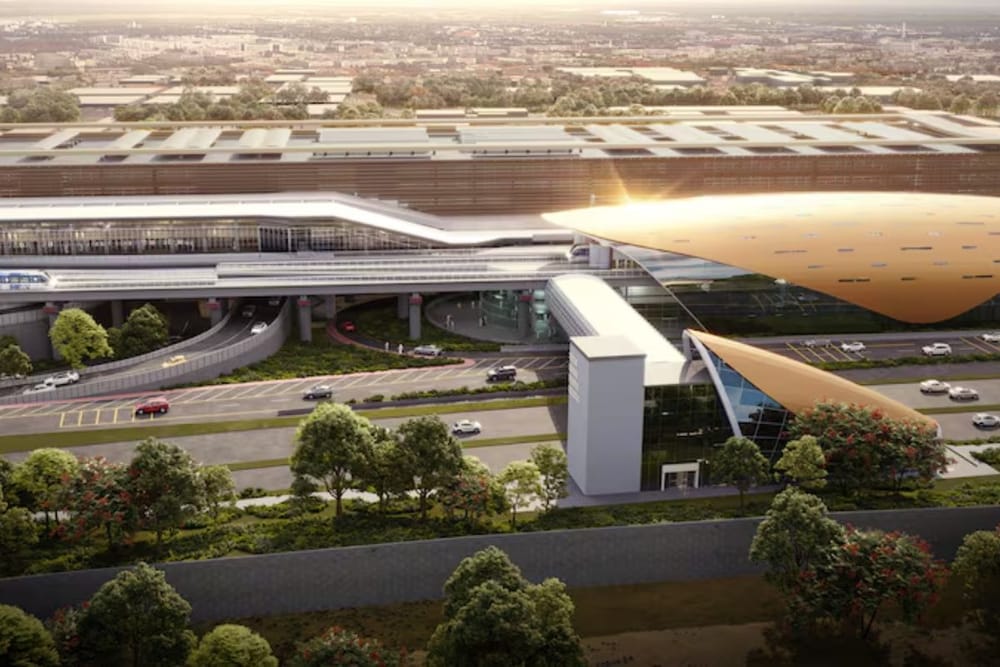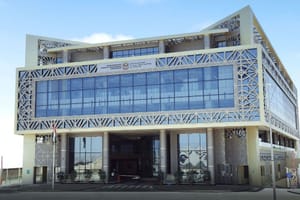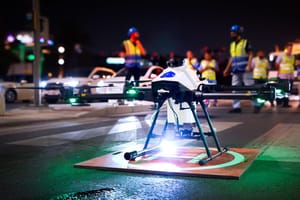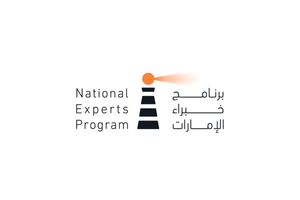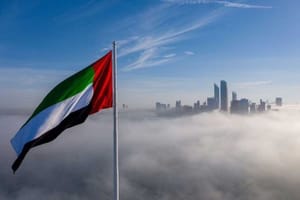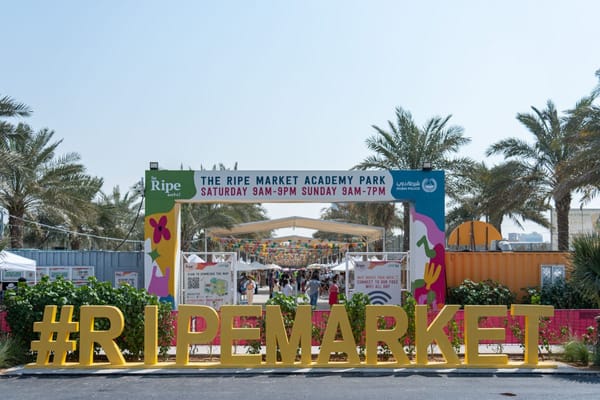Dubai, a city renowned for its futuristic skyline and innovative urban planning, is about to take another giant leap in public transportation with the upcoming Blue Line of the Dubai Metro. As the city continues to expand, this new transit line promises to connect key neighborhoods, ease traffic congestion, and enhance the overall commuting experience for residents and visitors alike.
With sustainability at its core and cutting-edge technology woven into its design, the Blue Line is not just a transportation project but the city's commitment to creating a smart, accessible, and environmentally friendly urban landscape. Here is what you need to know about the upcoming project.
Overview of Dubai Metro Blue Line

The Dubai Metro Blue Line project is a transformative initiative designed to enhance the emirate's public transport infrastructure in line with the Dubai 2040 Urban Master Plan.
Spanning approximately 30 kilometers, this new route will feature 14 strategically located stations that connect key areas of Dubai, accommodating the projected influx of around one million residents. The implementation of the project has been prioritized, with an emphasis on meeting the highest international standards and specifications.
Importantly, the Blue Line serves as a crucial link between the existing Red and Green Lines, facilitating seamless transit across the city. Its development aligns with the Dubai Economic Agenda (D33), which aims to position Dubai as a premier global destination by providing sustainable and efficient mass transit options.
By promoting enhanced mobility for both residents and visitors, the Blue Line will play a significant role in the city’s vision of becoming the world’s best place to live. Moreover, it supports the innovative concept of a '20-minute city,' ensuring that more than 80% of essential services are reachable within a 20-minute journey. This focus on Transit-Oriented Development (TOD) fosters convenience and accessibility and enhances the overall quality of life in Dubai.
Set for completion in 2029, the Blue Line will mark the 20th anniversary of the Dubai Metro, further solidifying its status as a vital component of the city’s transportation network.
Length of Dubai Metro Blue Line

The Dubai Metro Blue Line is set to revolutionize the city’s public transport landscape, providing a vital link across key residential, commercial, and recreational areas. As the fifth strategic project in Dubai’s transportation framework, the Blue Line joins the established Red and Green Lines, the Dubai Tram, and the Metro Route 2020, marking a significant milestone in the city’s expansion efforts.
Once completed, the total length of Dubai’s railway network will increase from 101 km to an impressive 131 km, which includes 120 km dedicated to the Metro and 11 km for the Tram. The number of stations will rise from 64 to 78, enhancing accessibility with 67 stations for the Metro and 11 for the Tram. Furthermore, the fleet will expand from 140 to 168 trains.
Spanning 30 km, the Blue Line features a unique design that includes 15.5 km of underground tunnels and 14.5 km of elevated tracks, making it a vital artery for urban mobility. Notably, it will be the first metro route to cross Dubai Creek via a 1,300-meter viaduct, symbolizing innovation in engineering and urban planning.
By connecting seamlessly with the Red and Green Lines, the Blue Line will enhance the overall commuter experience, significantly reducing travel times and facilitating easier transfers. This transformative project aligns with Dubai’s vision to alleviate road congestion, decrease carbon emissions, and provide a reliable public transport option for its rapidly growing population.
Stations
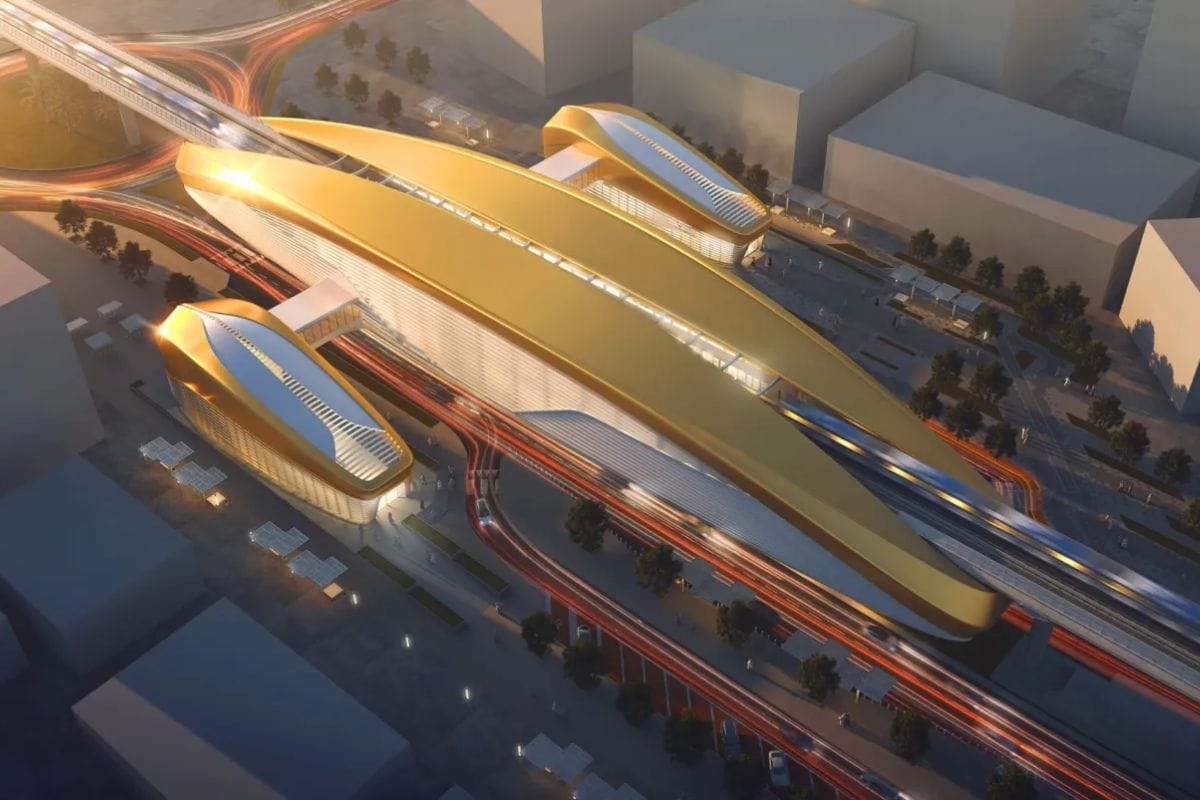
The new Dubai Metro Blue Line features 14 strategically positioned stations designed to improve accessibility and connectivity across the city. This ambitious project includes pivotal interchange points such as the Creek Station on the Green Line and Centrepoint Station on the Red Line. The Blue Line directly links Dubai International Airport with nine key areas, including Mirdif, Al Warqa, International City, Dubai Silicon Oasis, and the Academic City, drastically reducing travel times to between 10 to 25 minutes.
Comprising nine elevated and five underground stations, the Blue Line is set to accommodate approximately 200,000 passengers daily by 2030, with projections soaring to 320,000 by 2040. With a remarkable capacity of about 56,000 passengers per hour in both directions and service intervals of just 1.5 minutes, this line promises to alleviate congestion and enhance the overall travel experience.
The Blue Line is divided into two main routes: the first stretches 21 km, starting from Creek Interchange Station and traversing key districts like Dubai Festival City and Ras Al Khor, before culminating at Dubai International City 1. The second route, measuring 9 km, begins at Centrepoint Interchange Station, passing through Mirdif and Al Warqa, and ending at Dubai International City 1. The project also includes the construction of a metro depot at Al Ruwayyah 3.
Design

The upcoming Dubai Metro Blue Line stations promise to redefine urban transportation with their sleek, futuristic design, as recently showcased in a model displayed at the Roads and Transport Authority (RTA) stand during the Global Rail Conference 2024.
Each station features a striking, smooth, and curved structure, with the main platform elegantly encased in a large oval-shaped canopy that gracefully arches over the tracks. This innovative design marks a departure from the fully enclosed stations of the existing Red and Green Lines, introducing a more open and airy atmosphere.
Flanking the main platform, the side structures that house exits exhibit a modern, symmetrical aesthetic, further enhanced by their curved contours, creating a harmonious blend of form and function.
Also Read: Dubai Unveils Futuristic Design for New Blue Line Metro Stations
Iconic Station of Dubai Creek Harbour

The iconic station at Dubai Creek Harbour is set to become a landmark of modern architecture in Dubai. Designed by the esteemed firm Skidmore, Owings and Merrill (SOM), known for iconic structures like the Burj Khalifa and the Sears Tower, this station will showcase a distinctive architectural style that reflects the vibrant essence of the city.
Encompassing the largest underground interchange station in the metro network, it spans an impressive 44,000 square meters and is engineered to handle around 350,000 passengers daily. What sets the Blue Line apart is its commitment to sustainability; it is the first transport project of its kind to meet green building regulations, earning platinum status.
Also Read:
